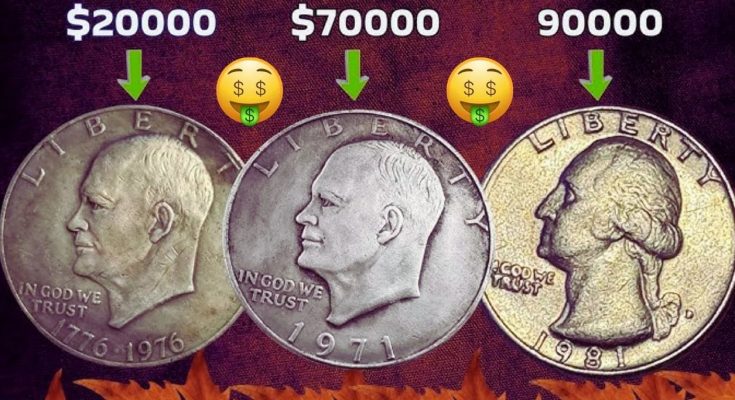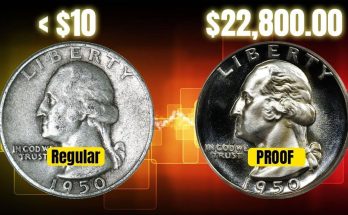A Coin with Historical Meaning
In 1976, the United States celebrated its 200th birthday, and the U.S. Mint marked the occasion with a special coin: the 1976 Bicentennial quarter. This quarter, featuring a unique design, was made to honor the nation’s independence. With a colonial drummer on the back and a dual date of 1776-1976 on the front, it’s a favorite among collectors today. While millions were made, some versions of this quarter can be worth much more than 25 cents, depending on their condition and specific features.
What Makes the 1976 Quarter Special?
The Bicentennial quarter was minted in huge numbers, with over 1.6 billion produced across three mints: Philadelphia, Denver, and San Francisco. Most are worth only their face value if they’re worn from circulation. However, certain quarters, like those in mint condition or with rare errors, can fetch higher prices. For example, some quarters have a double-die error, where the design appears slightly doubled, making them valuable. Silver versions, made for collectors in San Francisco, are also worth more due to their 40% silver content.
| Coin Feature | Details |
|---|---|
| Year | 1776-1976 |
| Mints | Philadelphia, Denver, San Francisco |
| Material | Copper-Nickel or 40% Silver (San Francisco) |
| Common Value | $0.25 to $5 (circulated) |
Why Collectors Love It
Collectors are drawn to the Bicentennial quarter for its historical value and unique design. The drummer on the reverse, designed by Jack L. Ahr, stands out from the usual eagle found on other quarters. Uncirculated coins, especially those graded high by services like PCGS or NGC, can sell for $5 to $50, while silver proof versions might go for $10 to $20. Rare error coins, like those with off-center strikes or double-die marks, have sold at auctions for hundreds or even thousands of dollars. The coin’s popularity keeps growing as new collectors discover its story.
How to Spot a Valuable Quarter
If you’re hunting for a valuable 1976 quarter, check a few key details. First, look for the mint mark on the front, near Washington’s neck. A small “S” means it’s a silver version from San Francisco, which is worth more. Next, inspect the coin’s condition. Shiny, uncirculated coins with no scratches are more valuable. Finally, look for errors like doubled letters or misaligned designs. Taking your coin to a professional appraiser can confirm its value, especially if you suspect it’s a rare error type.
| Value Factors | Description |
|---|---|
| Mint Mark | “S” for silver, no mark for Philadelphia, “D” for Denver |
| Condition | Uncirculated or proof coins fetch higher prices |
| Errors | Double-die or off-center strikes increase value |
Tips for Collectors
Start by checking coin rolls from banks or your own change for circulated 1976 quarters. For higher-value coins, visit coin shops or online marketplaces like eBay, but beware of fakes. Joining a local coin club can help you learn more and connect with experts. Store your quarters in protective holders to keep them in good shape. With patience, you might find a Bicentennial quarter worth much more than its face value, adding a piece of American history to your collection.
The Coin’s Lasting Appeal
The 1976 Bicentennial quarter remains a symbol of America’s 200-year milestone. Its unique design and potential for high value keep collectors excited. Whether you’re a beginner or a seasoned collector, this quarter offers a chance to own a piece of history. With millions still out there, anyone could stumble across a valuable one in a drawer or pocket. The hunt for these coins continues to spark interest, proving their place in the world of coin collecting.



